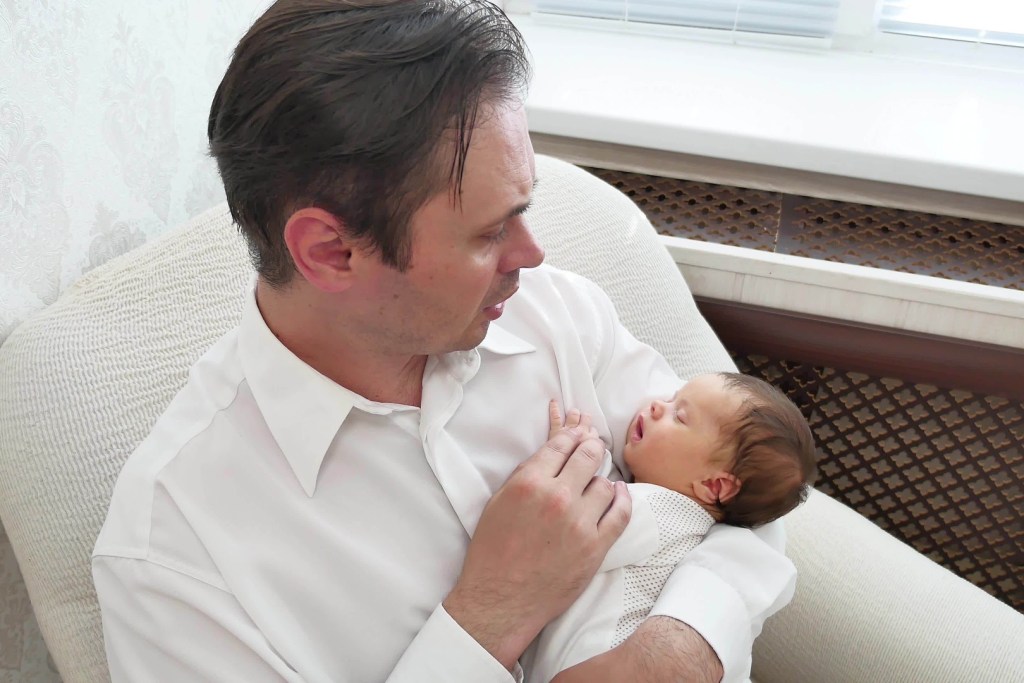Singing a lullaby to your baby is one of the best ways to bond with them. Babies take comfort in their parents’ voices, so a classic lullaby can be a simple trick for getting them to go to sleep. When it comes to picking out a lullaby for your little one, check out some of these classics for some good, old-school songs.

8 classic lullabies that never get old
Your child deserves the best lullabies out there. If you’re having trouble thinking of some classic lullabies, don’t worry. There are some great options to choose from. Here are eight of the most popular lullabies to sing to your baby for some soothing nap times:
- “Hush, Little Baby”
- “Rock-a-Bye Baby”
- “Twinkle, Twinkle, Little Star”
- “You Are My Sunshine”
- “Danny Boy”
- “Somewhere Over the Rainbow”
- “Row, Row, Row Your Boat”
- “Baa Baa Black Sheep”
If you don’t have the most soothing voice, don’t fret. All of these songs can be found on YouTube, Spotify, and other apps/websites. There are many renditions of these lullabies, so you can find the one your baby loves the most. Some are soft and soothing renditions, while others are a little more upbeat for some daytime fun. Some tunes even come with adorable videos to match the lullaby, so your baby can watch fun cartoon characters as they drift off to dreamland.
Why sing/play lullabies for your child?

Singing lullabies to your baby is an age-old tradition that still works today. They comfort children of many ages, so lullabies shouldn’t be limited to just newborns. There are many reasons why lullabies are effective. Here are some of the benefits:
- Music manages emotions. If you think about music in your favorite TV shows and movies, you’ll realize that it is used to evoke emotions. Horror movies embed eerie music to provide a sense of mystery, suspense, and terror, while romance movies utilize instrumental music to pull at the heartstrings. The same tactics are used with lullabies. Lullabies are designed to soothe and calm your child or lull an energetic baby to sleep. That’s why lullabies are so effective when it comes to bedtime or nap time.
- A bond is created and strengthened. A child grows more and more bonded to their parents as they get older. This bond can be strengthened, especially at a young age, when lullabies are sung. A parent singing a lullaby to their child imprints positive memories in the child’s mind. The process of singing a lullaby to someone is a very intimate and caring gesture, leading to a strong emotional bond between two people.
- Encourages language development. Babies and young children tend to be more attracted to songs rather than regular speaking. Music for children is interesting and fun, so it is a more efficient way to keep their attention. Lullabies help with their language development because it allows kids to hear different words at different pitches.
- Creates a routine. Kids love routine. Many people find comfort in routine, so there is nothing more comforting than a bedtime routine. Singing a lullaby to your child before bedtime every night provides them with the comfort and security they need to be able to fall asleep.
- Enhances memory and cognitive development. When your child develops a favorite lullaby or lullabies, they want to learn the words and even sing it with you. Learning the tunes, pitches, and words to a lullaby can help with the development of your child’s memory and cognitive functions. There’s a reason why lullabies remain a strong tradition in many cultures. They are effective at doing what they were created to do: Lull your child to sleep. Check out these eight classic songs and keep the tradition going.


